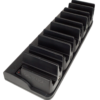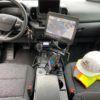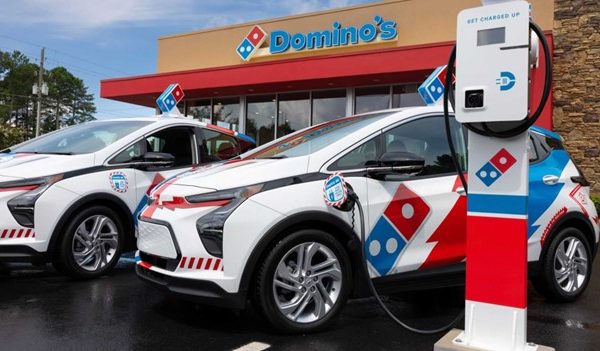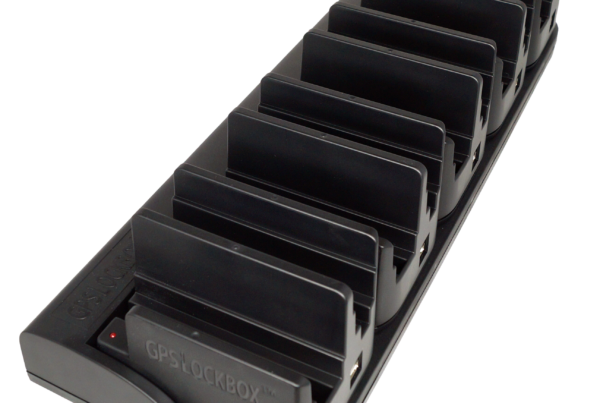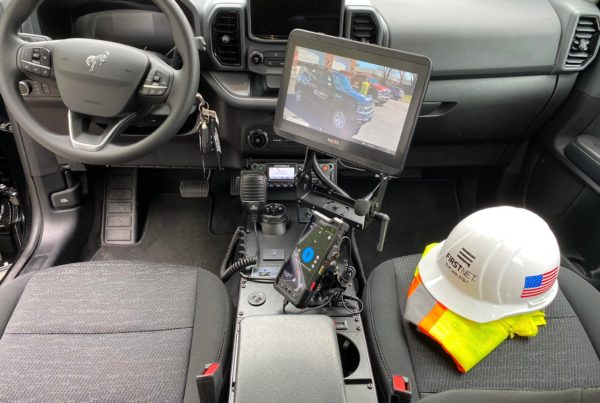Canada’s new Electronic Logging Device (ELD) mandate for commercial drivers, announced last June by the Canadian Transport Ministry, will take effect in June of 2021. The goal of the Transport Canada ELD Mandate is to make roads safer, reduce driver injuries, develop clearer cross-border relations between U.S. and Canadian fleets, guarantee HOS rules compliance, reduce the administrative burdens of managing logbooks, and promote fair competition between fleet operations.
In addition, fleet operations managers can see cost savings with less driver downtime, faster roadside inspections, and improved transportation and delivery efficiencies.
What does this mean for Canadian commercial fleets?
Currently, Canadian drivers manually log their on- and off-duty driving times, whether on paper or electronically. These self-directed logbooks aren’t always accurate and the possibility for miscalculated or manipulated hours exists. Driver fatigue is a key factor in commercial driving accidents and played a major role in creating ELD mandates. The Canadian mandate requires that all drivers of commercial motor vehicles use an electronic logging device instead of paper logs to automatically record their hours of service to ensure they are getting the proper rest they need to drive safely.
Commercial motor vehicles that operate under a specific permit issued, have a statutory exemption, are subject to a rental agreement with terms less than 30 days, or the vehicle was manufactured before 2000, they are exempt from the Canadian ELD mandate.
How does the Canadian ELD Law differ from the U.S. ELD Law?
In the U.S., the congressionally mandated ELD law went into effect on February 16, 2016, with full compliance effective December 18, 2017 in an effort to address the same concerns and HOS compliance efforts as the Canadian law.
There is one notable difference between the U.S. and Canadian regulations. The Canadian ELD mandate requires that ELDs be certified by a third-party group. U.S. ELD devices are self-certified by the manufacturer, meaning they are not certified by the Federal Motor Carrier Safety Administration (FMCSA). Though the FMCSA requires the manufacturers to register their own devices, they do not attest that they meet the requirements. In Canada, the third-party accredited certification body won’t be available to certify ELD manufacturers for another 12 months.
How does this new ELD law affect U.S. commercial fleets crossing into Canada?
U.S. fleets that currently travel into Canada already require an ELD that can switch between U.S. and Canadian rulesets. The process for U.S. ELD manufacturers to become certified with Canada’s third-party is anticipated to be a comparatively simple one, especially if devices have updated technology and features that are already ELD/DVIR compliant.
How do ELDs work?
Synchronizing with the CMV’s engine, the ELD automatically records the engine, vehicle motion, and driver’s duty statuses, as well as the miles driven, the engine hours, and the driver, vehicle and motor carrier identification. The ELD then transfers the stored information to dispatch or DOT/MTO officers during inspections. All of this can be done using a portable device including a smartphone, a tablet, or any other wireless device that meets the ELD technical specifications. The ELD is appropriately mounted in a fixed position while the vehicle is in operation.
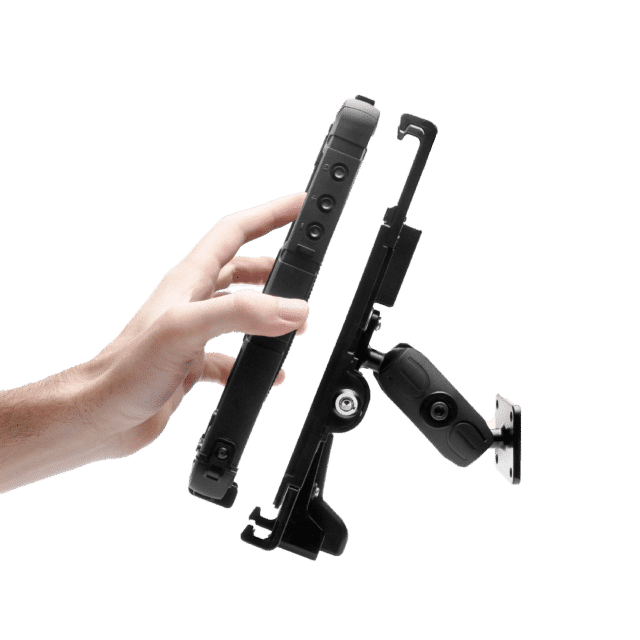
GPSLockbox understands how complicated FMCSA regulations can be. We partner with all three major wireless carriers to provide comprehensive ELD compliant industrial-strength cases and mounting solutions for tablets and smartphones.
Our GPSLockbox Flex™ docking vehicle systems set the standard for cases and mount solutions with two features that no other manufacturer has. Our patented magnetic charging system guarantees that your charging pins never loosen or disconnect even when jostled from vibrations. And our patented temperature controller is designed to keep your devices working in extreme temperatures, even if they are left in the vehicle for extended periods of time.
All of our mounts for ELDs are fully adjustable to fit a variety of smart devices and driving positions so your drivers can easily see and access their data safely.
With our mic and amplified speaker option, you can easily transform your ELD into a two-way push-to-talk long-range radio, eliminating the need for two devices—all while keeping drivers compliant and safe.
GPSLockbox’s Flex™ solution includes these other unique features:
- Patented magnetic charging system
- Patented temperature controller cradle
- Ball and Socket mounting system absorbs vibrations
- Secure locking mechanism
- Quick docking
- Easy carry hand strap
Even though June 2020 isn’t even here yet, now is the time to start thinking about how Canada’s new ELD law, which takes effect in June 2021, will impact the operations of your fleet. Let us help you get compliant with an ELD solution now so you’ll be ready to meet the needs of your drivers and your customers before the deadline. Call us today at 844-933-2062 or visit us online for more information.





